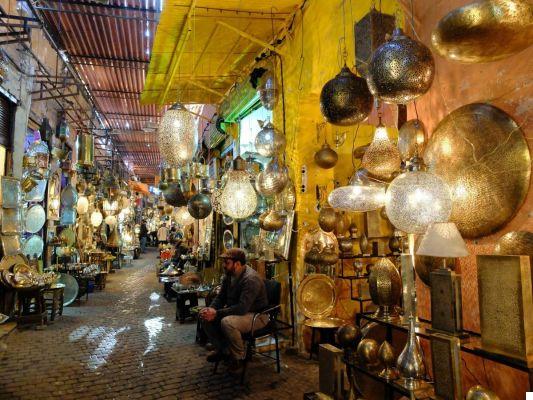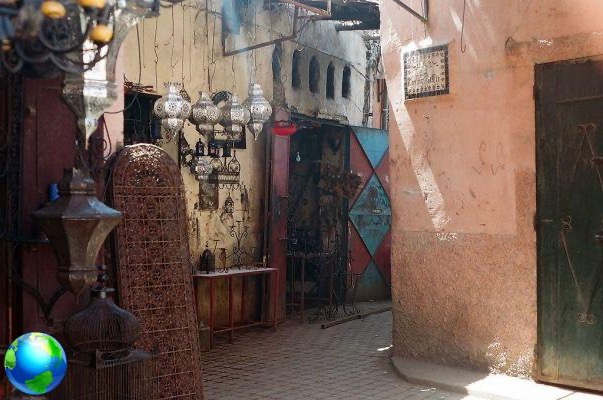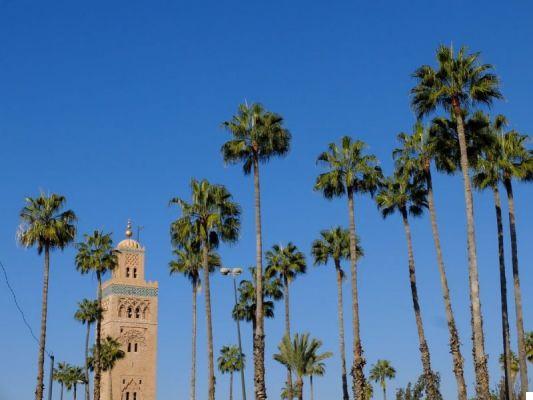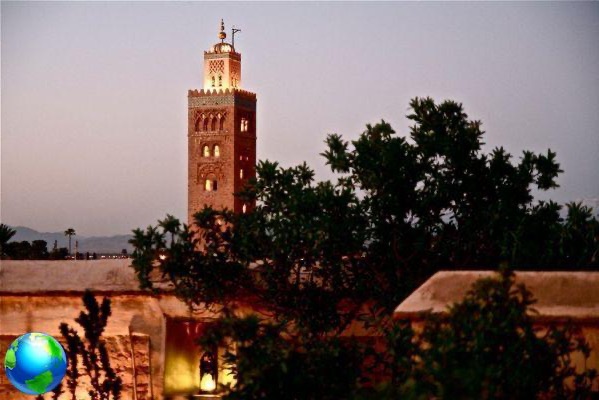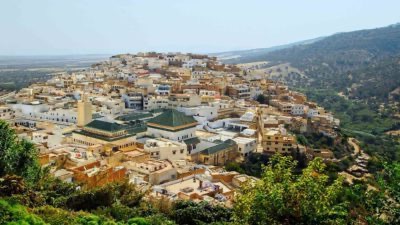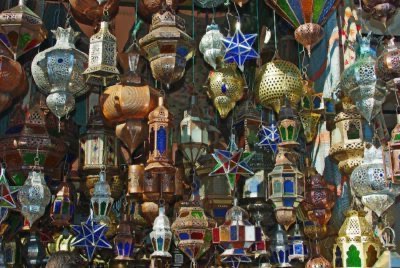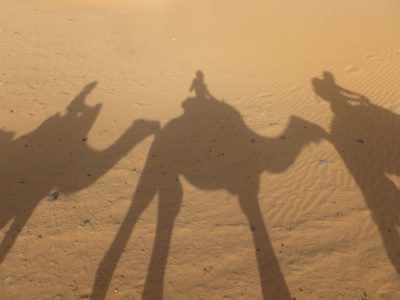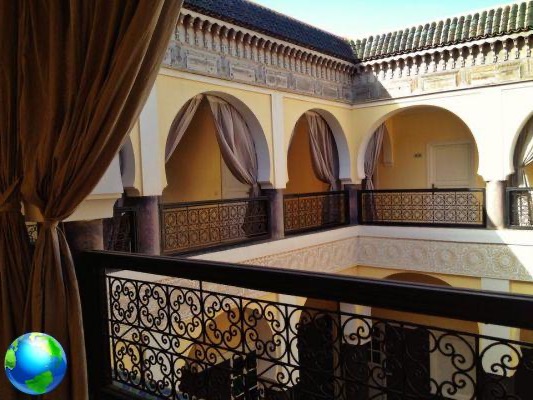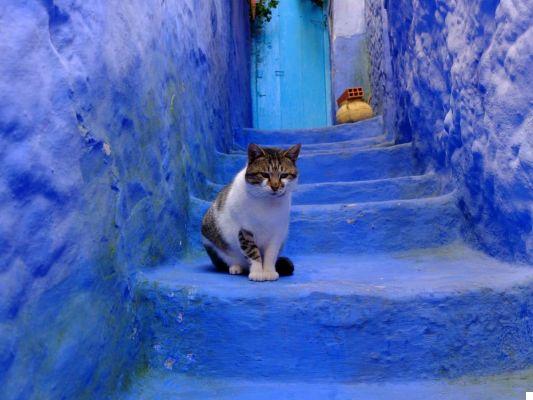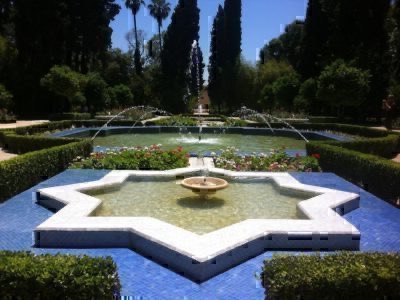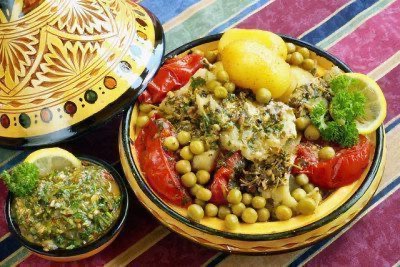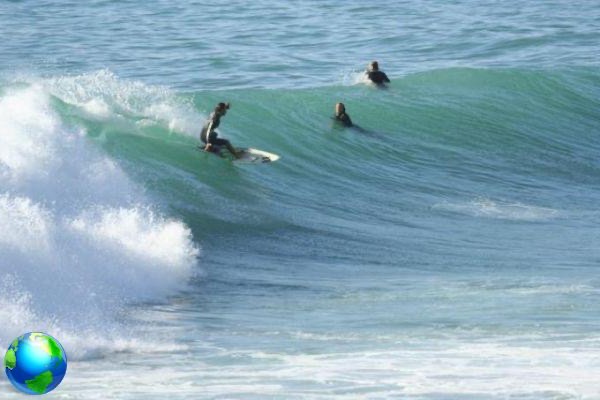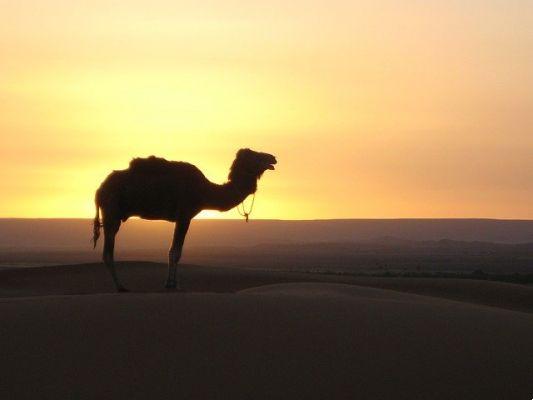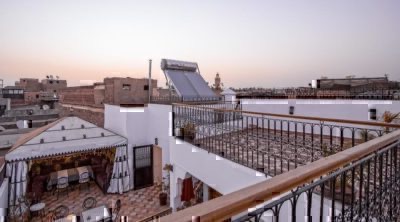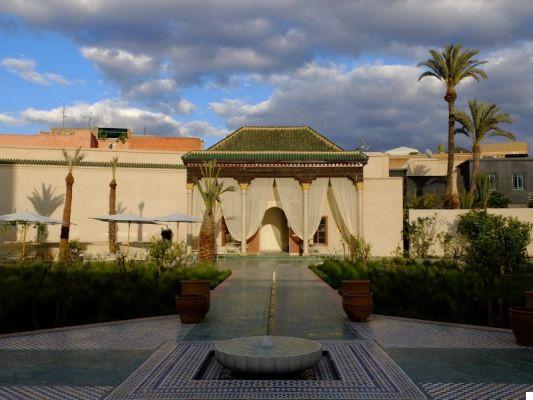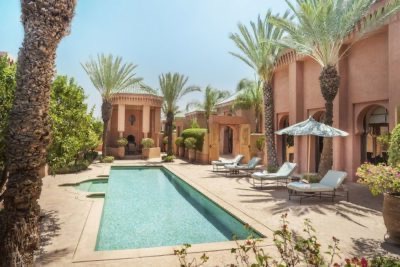A beautiful and labyrinthine imperial city in which to get lost: in the post, all the places you really should visit in Fes, Morocco.
After the splendid Meknes it's time to head to another splendid imperial city: Fès.

Fes is the oldest of the imperial cities, founded in 790 by Moulay Idriss II and represents the cradle of the religion of Morocco.
The attractions of Fès
The night of our riad turns out to be a panacea after the tiring previous day and we are very loaded to wander among the narrow alleys of the Medina.
The great attractions of this city are almost all concentrated inside the Medina, lost among the labyrinthine alleys.

To access the Medina you cross the Bab Boujeloud gate, a splendid door decorated with green and blue tiles. You immediately immerse yourself in the Souk (market) of Fes which is the best preserved in Morocco: mopeds and cars do not pass, the only means of transport allowed, and also quite widespread, are the mules.
The market is distinguished by areas of artisans and here, the most sensible thing to do is to get lost without following a logical path. We get lost with the very specific purpose of enjoying all its different areas: among dyers, blacksmiths, potters and looking for the Madrasa.
Discovering the Madrasa
Madrasa in Arabic means "school", they are ancient Koranic schools, where they concentrated on teaching the reading of the Koran and the Islamic religion. Student accommodation was also present in the Madrasa, and a mosque was often attached to it.
Fes boasts the oldest and most famous in the world.
The first we visit is Bou Inanaia.
This splendid building, built in 1350, is all a stucco and an ornament, the splendid central courtyard paved with onyx and marble and surrounded by a cloister, is worth the visit alone.
Another wonderful Madrasa, more elegant and always in the heart of the Medina is Attarine.
The wonderful Madrasa al-Attarine it is located a few steps from the spice market and the perfume market from which it takes its name. It is an extraordinary building, made up of various rooms used in the past for praying, all decorated with the typical mosaics of this area, bright colors and labyrinths of plants. Finely crafted cedar domes adorn the ceilings. Upstairs are the small rooms where the students stayed.
The tour continues by visiting - unfortunately only from the outside - the Mosque Kairaouine. This huge mosque capable of holding up to 20000 worshipers is not accessible to non-Muslims, but from one of the 4 often open doors, you can get a glimpse of the majesty.
Wandering around the Medina you will come across the Museum of carpenters and wood.
This museum, which exhibits beautiful pieces of carved wood, art in which Moroccans are excellent masters, is located in what is probably considered the best known building in the city with the splendid Neijarine Fountain. Its mosaics are splendid.
The Tanneries of the Medina
Always in the Medina we visit the tanneries. They are huge tanks full of natural pigments that are used for the treatment and coloring of the leathers.

They can be admired from the top of a terrace of the adjacent leather goods shop. The smell is obviously strong, so much so that at the entrance, for those who need it, a sprig of mint is given. I personally haven't suffered much. Obviously, when you get back to the leather shop, the sellers won't give you up that easily until you buy something. But considering the effort that workers put in soaking all day in those tubs, in contact with odors and chemicals, everything else seems superfluous at that moment.
We abandon the chaos of the Medina and we reach the north of the city, in a vast hilly area with a breathtaking view of Fes, there are the ruins of what used to be a magnificent palace and the necropolis dating back to the XNUMXth century. From here, that chaotic center seems static and silent. The view is gorgeous.
The day comes to an end and we are ready to get back in the car and head towards the next stage!




